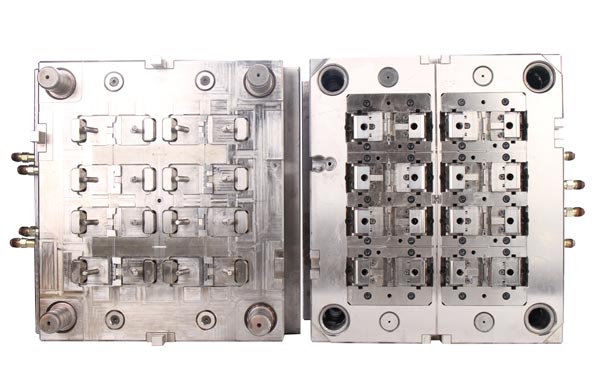In the realm of plastics product design, shape design is both a technique and an art, requiring products to be easily molded while simplifying mold structures. What key factors should designers consider to create such practical and aesthetically pleasing plastic pieces?

The Ingenious Design of Draft Angles: Draft angles are an essential part of plastics product design, directly related to the smooth removal of products from molds, reducing friction and damage, and ensuring production efficiency and product quality.
Enhancing Structure, Boosting Performance: The shape design of plastics products should also focus on improving their strength and stiffness. Through clever structural layout, products can not only be more durable during use but also resist external impacts to some extent, extending their service life.
The Wise Choice of Geometric Shapes: When conceiving the internal and external shapes of plastics products, the principle of "simple yet sophisticated" should be adhered to. Side holes, undercuts, or holes perpendicular to the mold release direction should be avoided as much as possible, which can effectively circumvent the adoption of complex mold structures, reduce production costs, and improve production efficiency.
The Balance of Wall Thickness Design: The wall thickness design of plastics products is a delicate balancing act. A reasonable wall thickness can ensure that products have sufficient strength and stiffness to meet usage requirements and withstand the impact and vibration of mold release mechanisms during demolding. However, too much of a good thing can be bad; excessive wall thickness can easily lead to injection molding defects such as bubbles, shrinkage, and warpage.
In summary, plastics product shape design is a comprehensive consideration of moldability, mold structure optimization, and product performance. Only by deeply understanding and skillfully applying these design principles can plastic products that meet market demands, while also achieving efficient production and high-quality standards, be created.